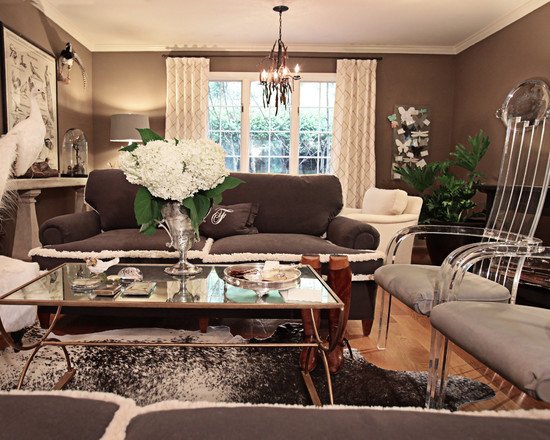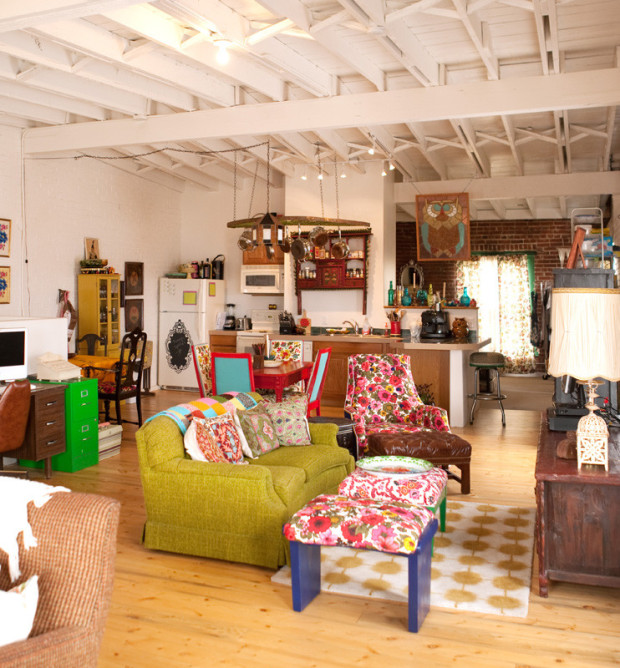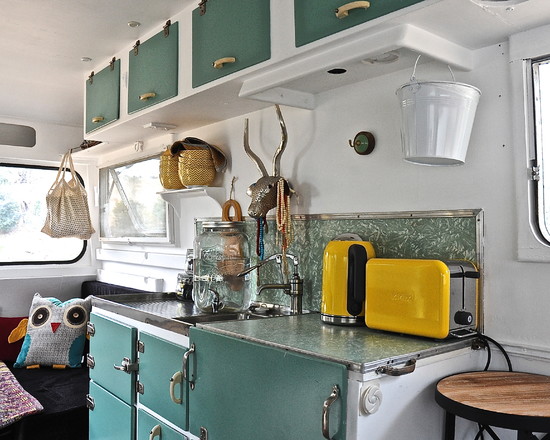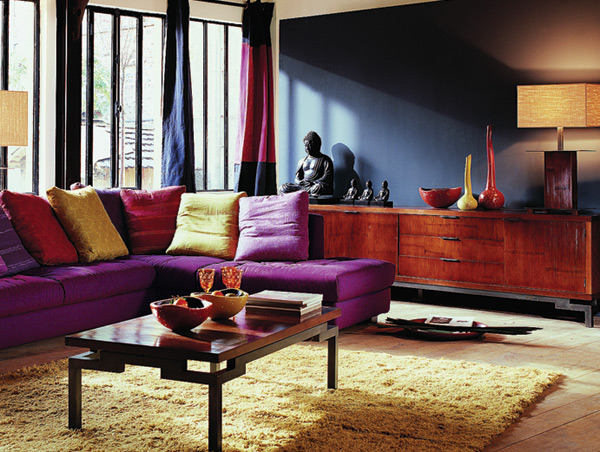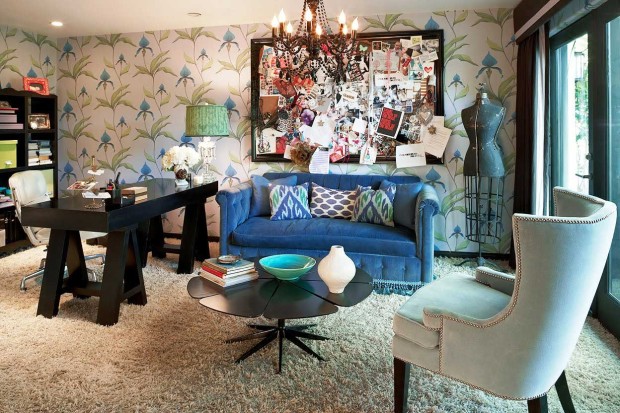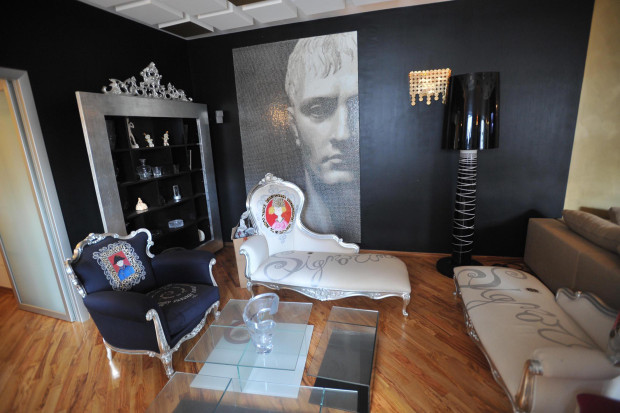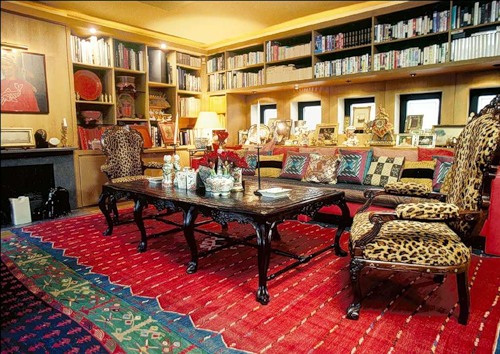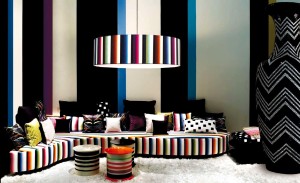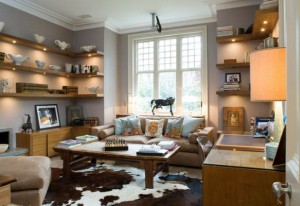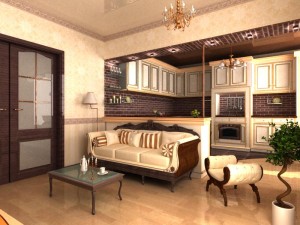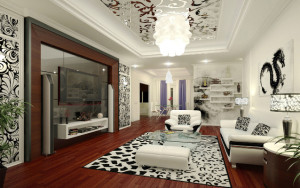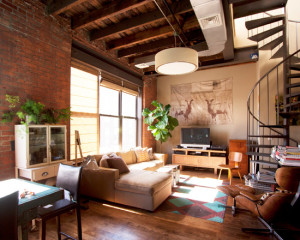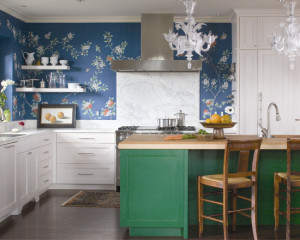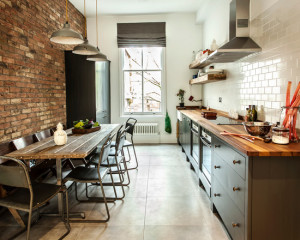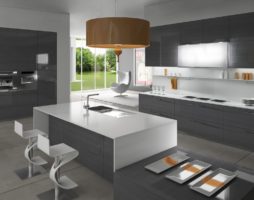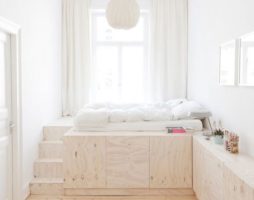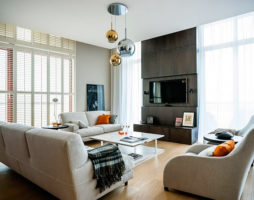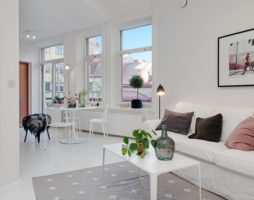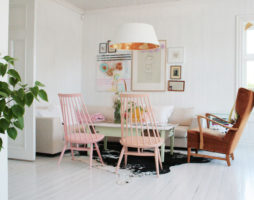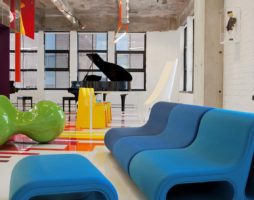Handmade decor elements next to reproductions of famous paintings, classic and modern, furniture from different eras, and all in one room? Someone will say that it is impossible to combine such different elements, and they will be wrong. Mixing different styles in the interior is a popular trend today, which has already been devoted to entire areas of design.
Eclecticism, fusion and kitsch are completely different styles, united by one common idea: a harmonious mixture of several interior design trends in one room.
Exclusivity, individuality, maximum opportunity for self-expression and a huge scope for creativity are the main trump cards that distinguish eclecticism, fusion and kitsch from other areas. However, they also have limits that should be adhered to. Even outrageous and flashy kitsch should be logical and harmonious. As in any other case, before proceeding with the repair, you need to graphically depict the desired result as accurately as possible in order to understand how the interior will look like in the end.
More about each option for mixing styles in the interior
Eclecticism
Eclecticism is a conservative and discreet mixture of different design trends. The basis for eclecticism is the classic, it serves as a backdrop for elements of more dynamic styles. Eclecticism is the same classic, but with more flexible frames. Baroque, rococo, renaissance, gothic, Scandinavian style, ultra-modern trends - you can dilute the room with different variations, but it should look harmonious.
Eclecticism is characterized by:
- The predominance of pastel colors. Here, shades of beige and white are most often used, combined with bright colors and decorative elements.
- A single idea that unites all the design directions present in the room. They don't mix more than two or three different styles here. The transitions between them are always smooth.
- There may be a small amount of extravagant elements in the room: ethnic or oriental furniture, modern and impressionist elements, bright flashy canvases or massive sculptures - all this can be used in decor, but in the end it looks elegant.
- Little color, but a lot of light. An abundance of bright colors is rare in eclecticism, but it is not forbidden. The main thing is that the interior is harmonious. If the background is beige, you need to choose those colors that will be combined with it. It is known that different combinations of colors produce a completely different effect. Beige goes well with coral, red, fuchsia, purple, blue, blue, black. You can add different colors to the beige interior and these combinations will delight you with amazing results: turquoise will create a calming atmosphere, gold and orange will make the interior richer, chocolate and black will add solidity to the room, natural wood will remind you of the richness and beauty of nature.
- An important role in eclecticism is played by comfort and functionality.
- The use of geometric elements such as stripes and circles adds dynamics to the interior.
- Wallpaper with a pattern, parquet, drapery on windows and doorways are classic elements that are often found in eclecticism.
Fusion
Fusion arose when people felt a strong craving for travel and began to bring various little things from everywhere to decorate their homes. This style is famous for its ability to mix different Western and Eastern styles. It is more extravagant than eclectic, as it mixes more incongruous styles, there is no longer any classic background, more attention is paid to bright colors.
Fusion style features:
- A harmonious mixture of seemingly incongruous classical trends in one room. For example, here Art Nouveau freely meets Borocco and Gothic, and is diluted with Impressionism. This happens in fusion and kitsch styles, but fusion, unlike kitsch, must find a common idea in these completely different directions and subordinate the whole room to it.
- There is a feeling of naturalness, the absence of an exact plan when decorating a room. The interior seems to have come into existence on its own. Here you can meet not two or three, but several styles, eras and colors at once. But this meeting must be harmonious.
- The color scheme can be completely different. It can be calm pastel shades, flashy bright colors. Crimson, orange, gold, green, light green, turquoise, blue, yellow, violet and lilac colors are often used here. The most important rule is the presence of color unity. You need to mix only colors that are compatible with each other.
- The presence of handmade decor elements in the interior is becoming an increasingly popular solution in the design of a fusion-style room.
Kitsch
Kitsch is an extravagant and flashy style that borders on bad taste and strives to cross this border. This is a mixture of bright, dynamic and flashy styles and colors. It is psychologically difficult to spend a lot of time in a room decorated in this style, so it is most often used in the design of youth centers, nightclubs, cafes, and other public places offering active pastime. Few daredevils are ready to decorate a room like this.
Despite its apparent simplicity, kitsch is one of the most complex areas of modern design.
Kitsch is characterized by:
- A mixture of a large number of bright flashy colors. The most popular colors in this style are red, yellow, blue, light green, green, orange, lilac, blue.
- The combination of the most different styles, different from each other. Eclectic and fusion combine classic styles, while kitsch presents guests with such combinations as country and futurism, neon lamps and candelabra, an antique mirror next to an old road sign.
- A riot of small decorative elements present in abundance: bows, ruffles, souvenirs, soft toys and more. There is a feeling of a flea market.
- Extravagance of the interior and a sense of bad taste in the design.
Mixing different styles in the interior can give interesting results. It is important to find unity between different styles, to unite them with a common idea that will permeate the entire space.
back to index ↑Photo gallery - a mixture of different styles in the interior:
